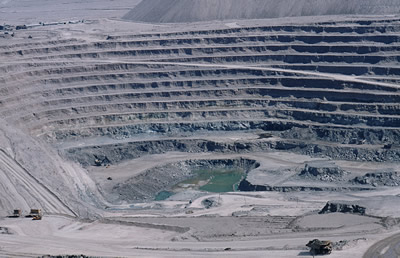Chile has some of the world's largest open pit copper mines. This mine, named Chuquicamata, is located near Antofagasta in northern Chile.
Click on image for full size
Image Courtesy of the Wikipedia Commons
Human Impacts in the Southeast Pacific Region
Mining and fishing are very important activities to the people who live in Chile and Peru. Do you think these activities could be connected to the climate in this area? Scientists in the VOCALS field experiment are going to learn more about how people impact their environment in the Southeast Pacific region.
Mining is probably the most important activity in Chile and Peru. There are lots of different minerals in this region. Copper is the most important. In fact, this area is one of the biggest copper producing areas in the world. The aerosols that are released as part of the copper smelting process are of interest to VOCALS scientists. This is because aerosols are known to impact the formation of clouds. Learning more about how aerosols impact cloud formation is an important part of VOCALS science.
Fishing is also very important in this area. Fishing and processing fish are very important, especially in larger port cities such as Iquique and Arica. VOCALS scientists are interested in the impact of changing climates on fishing in the Southeast Pacific Ocean.
You might also be interested in:
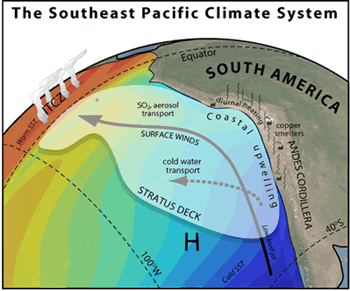
There are a lot of clouds over the Southeast Pacific Ocean off the coasts of Peru and Chile in South America. In fact, this area has the largest amount of stratus and stratocumulus clouds in the world!
...more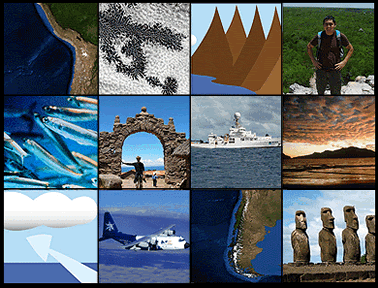
Sometimes scientists have to go far from home to find answers to their questions. Just like you, they have many questions, such as: What types of clouds form over the Pacific Ocean? What instruments should
...more
When you look up at the sky, you are looking at more than just air. There are also billions of tiny bits of solid and liquid floating in the air. These tiny particles are called aerosols or particulates.
...more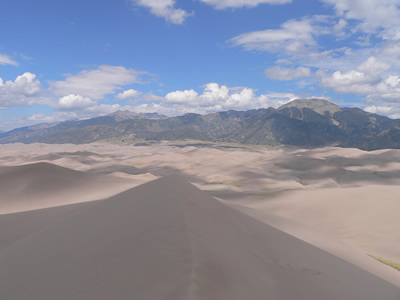
A cloud is composed of tiny water droplets or ice crystals. A series of things have to happen in order for these water droplets or ice crystals to form into clouds in the atmosphere, and different types
...more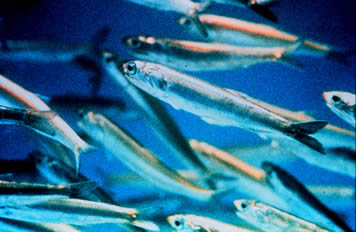
Do you like anchovies on your pizza? Many anchovies come from the Southeast Pacific Ocean near Chile and Peru. In fact, there are lots of different types of fish in this part of the world. Why are there
...more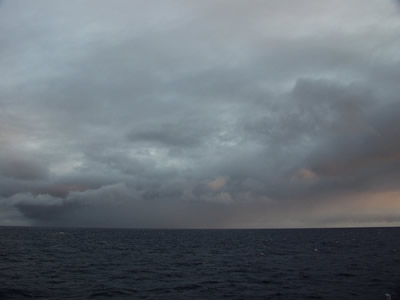
The Southeast Pacific region contains the world's largest set of stratocumulus clouds. These clouds extend for almost 2,000 kilometers (1,243 miles) off the west coast of South America from central Chile
...more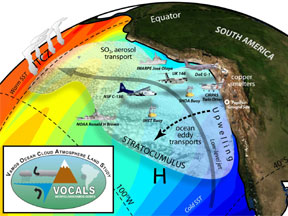
During the month of October 2008, a team of scientists is going to the Southeastern Pacific Ocean and parts of Chile and Peru. They will make observations and take measurements to learn more about how
...more


